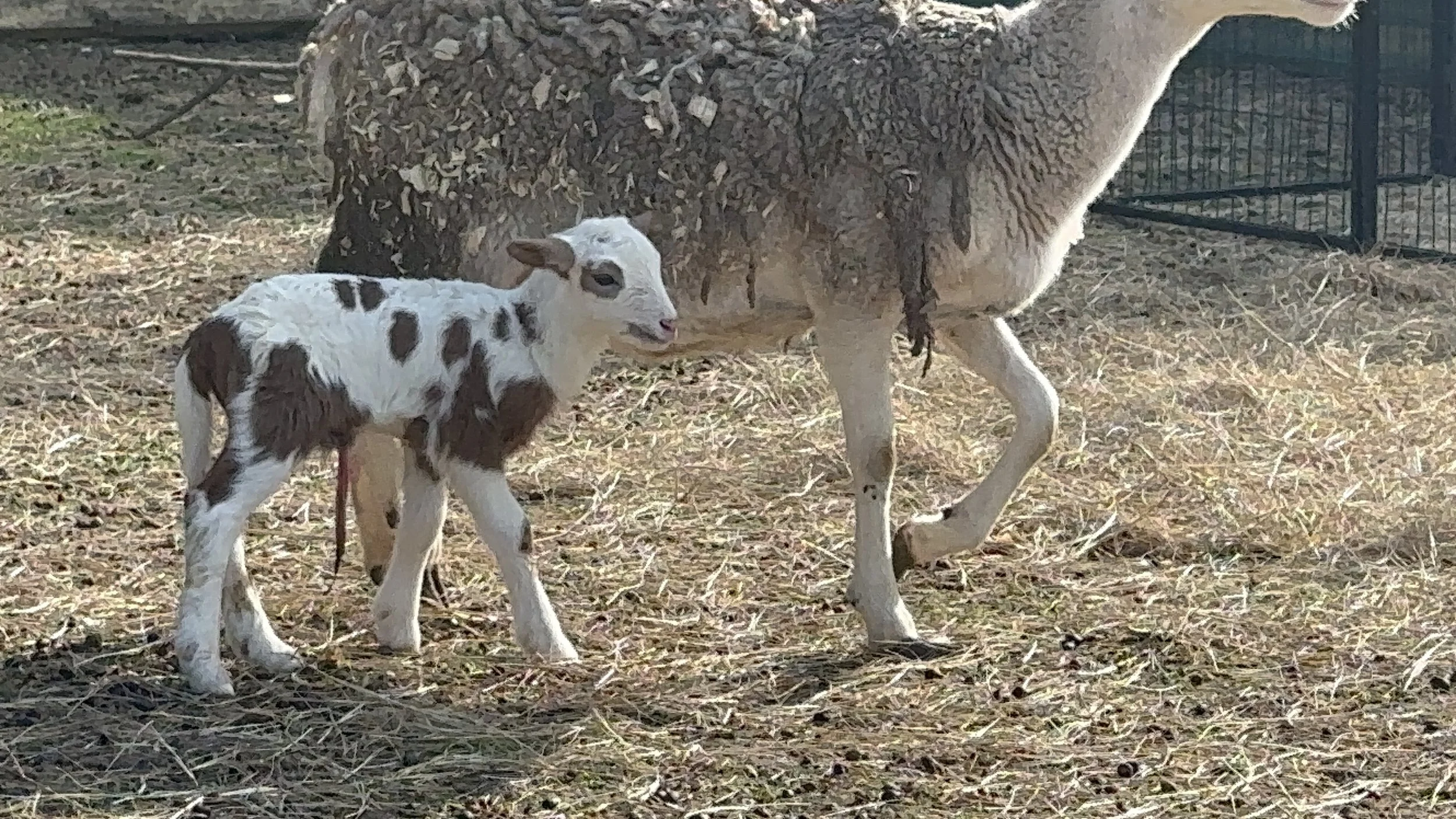How to tell when a lambing is near
A Rowan Ranch dorper sheep with her ram lamb, “Shooter”.
Being a sheep rancher is an intricate and rewarding venture that demands keen observation, especially during the lambing season. If you don’t have a “lambing season” on your ranch, homestead, or farm, it might be time to think about scheduling out your breeding in a more organized fashion. Anticipating the signs that lambing is approaching is vital for the health and safety of both the ewe and the new lambs she will be providing. This list is not exhaustive, however, there are three key indicators that signal the nearness of lambing, and being aware of these indicators will equip you with the knowledge needed to provide attentive care during the lambing process.
Changes in Ewe's Behavior
A pregnant ewe's behavior often undergoes noticeable changes as she approaches lambing. She will likely become more restless, frequently lying down and standing up. This restlessness is often accompanied by an increased alertness, and the ewe may be spooked easier.
Physical Changes
Physical transformations in the ewe's body are indicative of her readiness to give birth. One notable change is the development of the udder. The udder becomes fuller, firmer, and more prominent as it prepares to provide nourishment for the lambs. Her stomach will appear larger, as the lambs drop, and her teats will become more prominent. It is important to know what each of your ewe’s look like on a day-to-day basis so that you are able to adequately identify these physical changes. Additionally, close to lambing, the vulva of the ewe may appear swollen, relaxed, and elongated. This physiological change is a natural occurrence as the ewe's body prepares for the impending birth.
Separation from the Flock
As lambing approaches, pregnant ewes often exhibit a distinct behavior – they start distancing themselves from the rest of the flock. This isolation serves multiple purposes. It provides the ewe with privacy and tranquility, which are essential for an stress-free lambing experience. Furthermore, by isolating herself, the ewe minimizes the risk of her lambs getting trampled or injured by other members of your flock. Observing this behavior can provide valuable insight into the imminent arrival of new lambs.
Being attuned to the signs that lambing is drawing near is a fundamental skill for the successful shepherd. By paying attention to changes in behavior, physical attributes, and isolation tendencies of pregnant ewes, you can effectively anticipate when lambing is on the horizon. These signs not only help you prepare for the upcoming arrivals but also allow you to offer optimal care for the ewe and her newborns. I cannot stress enough that getting to know each member of your flock individually is crucial. With these telltale indicators in mind, you'll be more than prepared to navigate your lambings with confidence.


